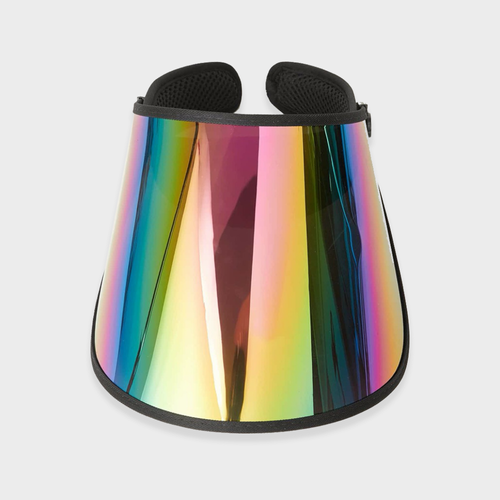What Is a PDO Thread Lift? Plus PDO Threads vs. PLLA vs. PCL
A thread lift is a quick, non-surgical treatment that lifts and firms the skin using dissolvable threads placed just beneath the surface. As the threads break down, they stimulate collagen production—helping your skin look smoother, tighter, and plumper over time.
WHAT IS A PDO THREAD LIFT?
A PDO thread lift uses polydioxanone threads, a biocompatible material long used in surgery, to stimulate collagen and subtly lift the skin. As the threads dissolve over several months, they trigger natural healing responses that improve skin texture, elasticity, and firmness—without adding volume or requiring surgery.
WHAT ARE THE DIFFERENT TYPES OF THREADS?
Two main types of threads are used in cosmetic treatments: smooth threads and barbed threads.
Smooth threads, also called mono threads, have a flat surface and focus on improving skin texture and firmness by stimulating collagen production, making them ideal for fine lines and mild sagging.
Barbed threads, also called lifting threads, have tiny barbs that grip the skin, providing a more pronounced lift to sagging areas like the cheeks and jawline. Both types are made from biocompatible materials like polydioxanone (PDO) and poly-L-lactic acid (PLLA).
WHAT ARE THREADS MADE OF?
Cosmetic threads are all made up of biocompatible materials, similar to dissolvable stitches or sutures. But different types of threads use different materials, each of which has unique benefits.
PDO Threads: PDO stands for polydioxanone, a human-made polymer used in both barbed and smooth threads. Here is what we love about PDO threads: they are biodegradable, which means your body will naturally break them down over time, and they stimulate skin-firming collagen as they dissolve. Plus, results can last 6-12 months. Barbed PDO threads provide more lift than smooth ones, but results are not as dramatic as PLLA threads, which can stimulate collagen over a longer period.
PLLA Threads: PLLA stands for poly-L-lactic acid, the human-made biostimulatory material used in Sculptra. PLLA threads can be either smooth or barbed and have some added benefits compared to PDO threads. Results can last 1-2 years until the body breaks down the threads into glucose, carbon dioxide, and water. PLLA threads also stimulate collagen production over a longer period than PDO threads, improving skin texture and tone over time.
PCL Threads: PCL stands for polycaprolactone, another human-made, biodegradable polymer used in dissolvable sutures. Since PCL bonds are sturdier and more complex than either PDO or PLLA bonds, PCL is the longest-lasting. Why? Because it is stronger than PDO or PLLA, it takes longer to dissolve within the body. As a result, it has more longevity than other threads available, and studies also show that it does more to boost collagen production over an extended period.
PDO THREADS VS PLLA VS PCL
| Type | Longevity | Flexibility | Attributes |
|---|---|---|---|
| PDO (Polydioxanone) | 6–12 months | Average flexibility, slight discomfort | Most common thread type; high safety profile and tensile strength; stimulates collagen while subtly firming and lifting the skin. |
| PLLA (Poly-L-Lactic Acid) | 18–24 months | Low flexibility, more discomfort | Slower breakdown; strong collagen stimulation; ideal for improving texture and firmness but less lifting effect than barbed PDO threads. |
| PCL (Polycaprolactone) | 24–36 months | High flexibility, no discomfort | Longest-lasting thread; promotes collagen, elastin, and HA; ideal for deep skin rejuvenation and elasticity support over time. |
-
• Soen, et al (2025). Enhancing dermal collagen density towards youthfulness: A comparative study of PCL, PLLA, and PDO thread implantation in aging rats model. https://pubmed.ncbi.nlm.nih.gov/39850124/
• Cho, et al (2021). Efficacy study of the new polycaprolactone thread compared with other commercialized threads in a murine model. https://pmc.ncbi.nlm.nih.gov/articles/PMC8451902/
Strategy & Writing by Ella Marcantonio
















